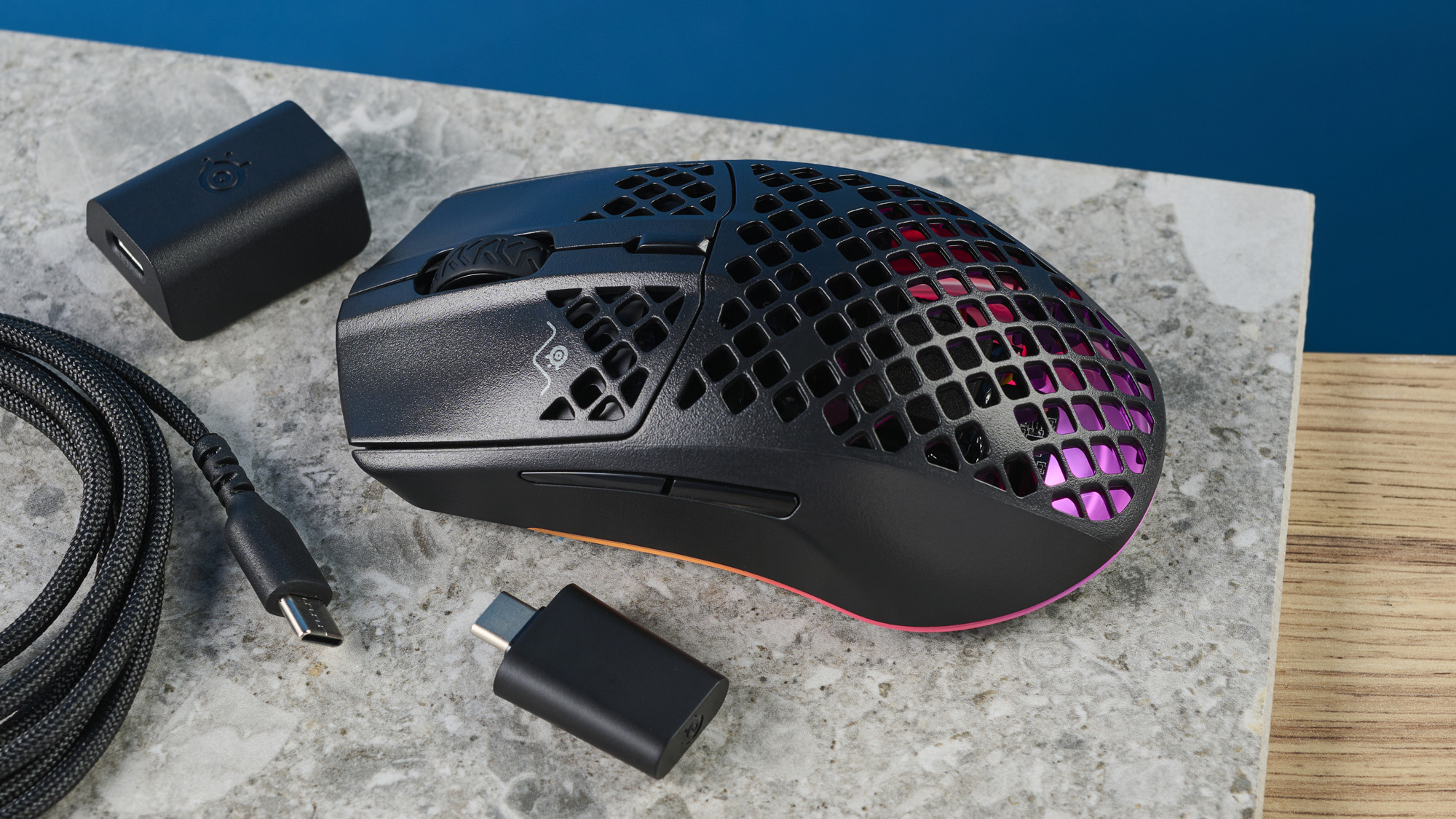
Max DPI: 18,000
Buttons: 6
Size: 4.8 x 2.7 x 1.5 inches
Weight: 2.3 ounces
The SteelSeries Aerox 3 Wireless is a lightweight honeycomb gaming mouse. Unlike the Cooler Master MM710, the Aerox 3 Wireless is somewhat comfortable to hold, and decently pretty to look at, thanks to a suite of RGB lights. However, in an age of ultra-lightweight mice that don’t rely on unconventional honeycomb designs, I question whether this mouse offers many tangible advantages over, say, a SteelSeries Rival 3 Wireless at half the price.
While the design is a love-it-or-hate it affair, the Aerox 3 Wireless also suffers from a slow wakeup time, a high price and a weight that borders on insubstantial. Esports aficionados may want to check this out, because it’s the lightest wireless mouse you can get from a major manufacturer. Whether it’s worth the asking price, though, depends almost entirely on how much you like the divisive honeycomb design – and whether you can live without it.
The Aerox 3 Wireless isn’t necessarily the best gaming mouse for every player, but if you want a wireless, honeycomb mouse from a major manufacturer, it could be a decent choice for you. Read our full SteelSeries Aerox 3 Wireless review for more information.
SteelSeries Aerox 3 Wireless review: Design
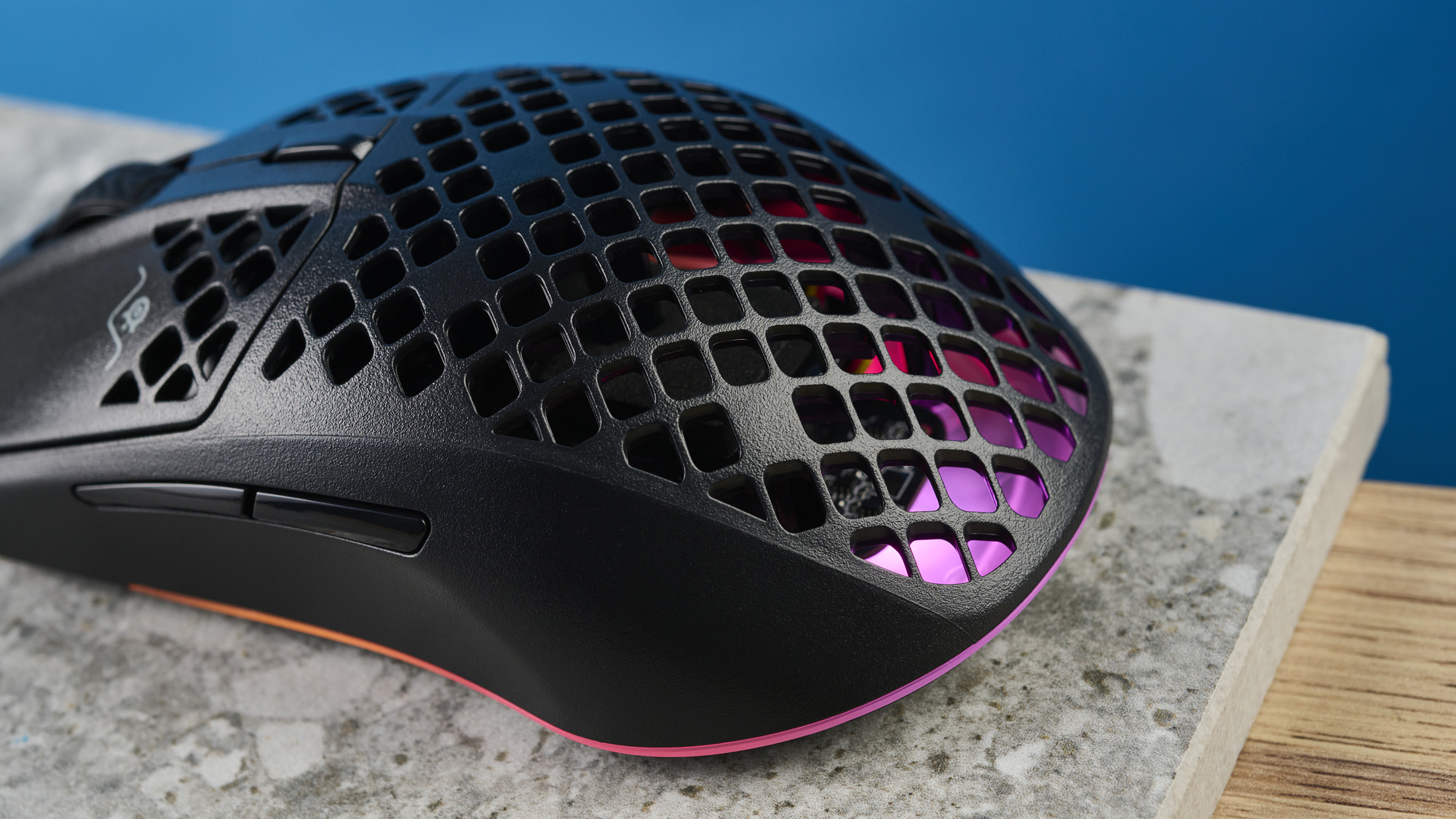
If the word “honeycomb” means anything to you in terms of gaming mice, you probably have a good idea of how the SteelSeries Aerox 3 Wireless looks. This small, lightweight mouse is covered from the buttons down the palm rest with diamond-shaped holes that let you see right into the device’s inner workings. This makes the device lighter, of course, but also potentially more aerodynamic, since there’s less resistance as you move it from side to side.
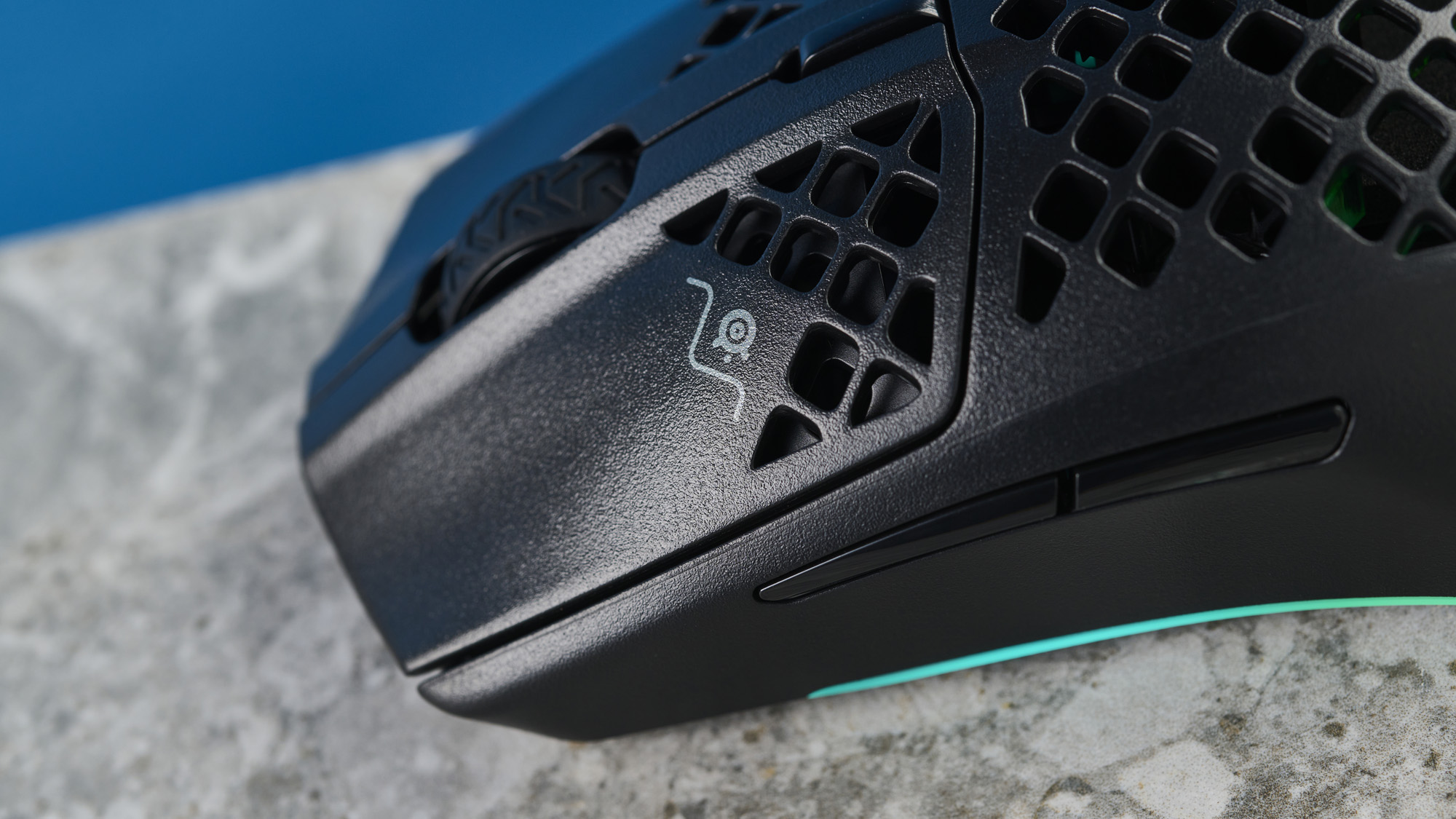
Having used all sorts of mice in both single-player and competitive situations, I’m personally a little dubious about honeycomb mice conferring any sort of major advantage. Sure, a 2.3-ounce mouse is technically easier to start and stop than a 4.0-ounce mouse (the Logitech G502 Lightspeed, for example), but not necessarily faster, due to the mechanics of momentum. A difference of 1.7 ounces is also not a significant difference in weight, even for the most spaghetti-armed among us.
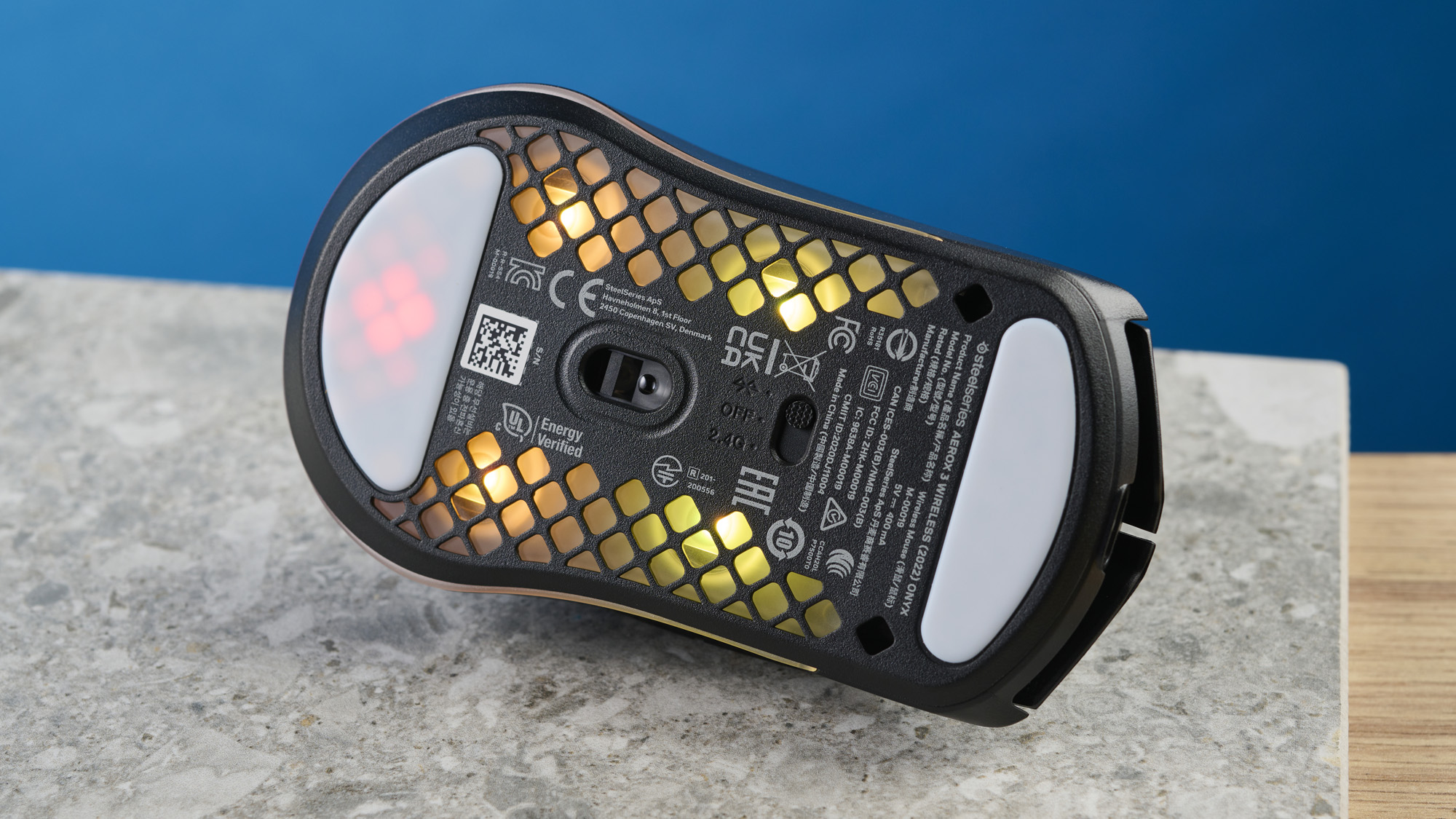
Personally, I find honeycomb designs to be garish and meretricious, but your mileage may vary. The RGB lighting on the Aerox 3 Wireless is very pretty, at least, with a bottom plate that lights up all the way around to create beautiful rainbow patterns on the front, back and sides of the mouse. It’s a far sight more impressive than most gaming mice, which tout full RGB lighting, then confine it to a single palm rest logo.
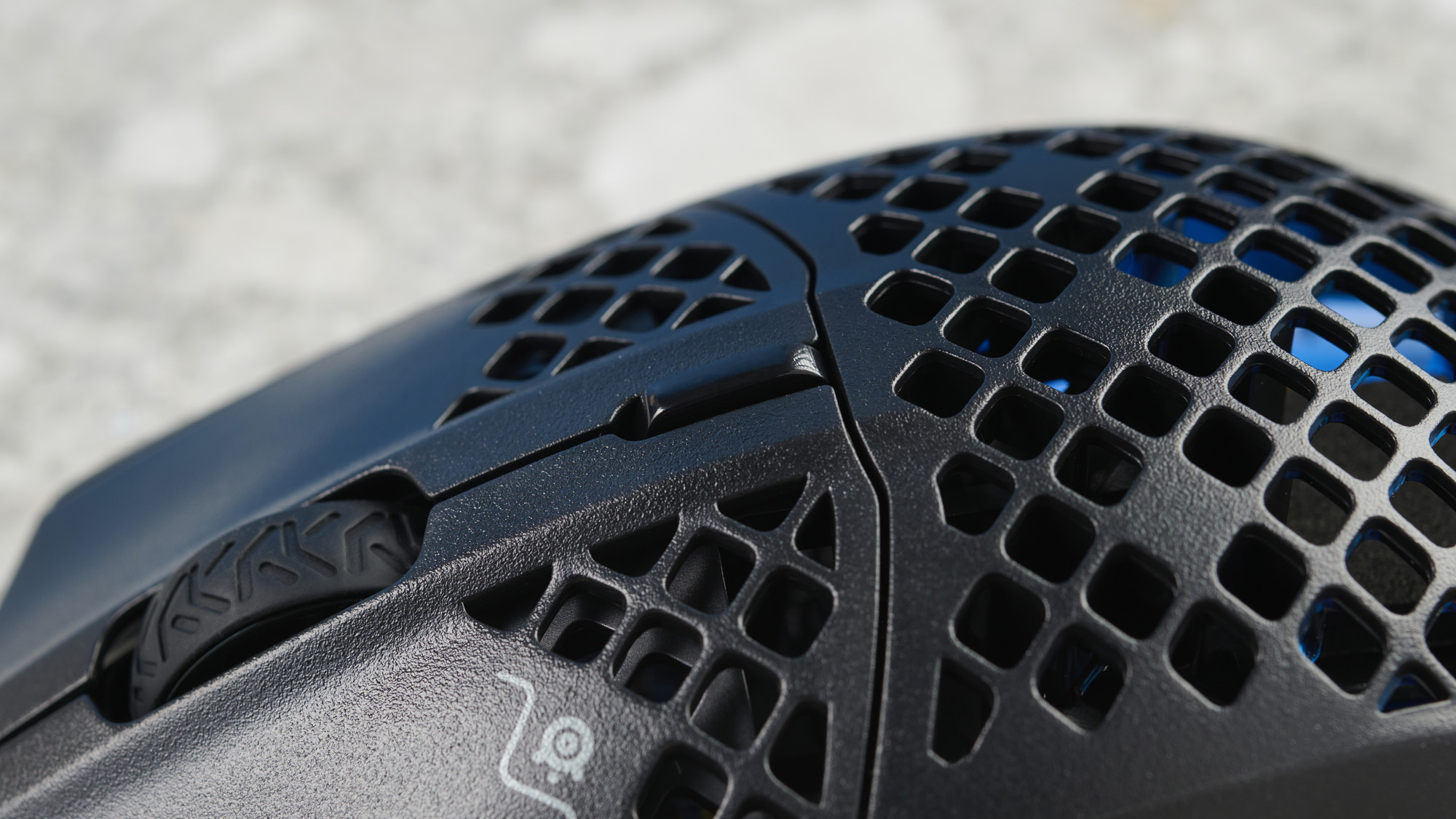
As stated above, the mouse weighs only 2.3 ounces. The only mouse I could find from a major manufacturer that weighs less is the HyperX Pulsefire Haste (which we’re also currently testing) at 2.1 ounces. The SteelSeries Rival 3 Wireless, which is almost the same size, weighs 3.4 ounces, so the Aerox managed to cut out more than 1/3 of its overall weight. That’s impressive in such a small device.
There are six buttons altogether: a left-click button, a right-click button, a clickable, textured scroll wheel and a dots-per-inch (DPI) sensitivity selector on the face, with two thumb buttons on the side. On the bottom of the mouse, there’s also an input selector, where you can set the mouse to 2.4 GHz or Bluetooth wireless modes, or turn it off completely. You’ll also find a USB-C charging port on top.
SteelSeries Aerox 3 Wireless review: Features

While the SteelSeries Aerox 3 Wireless’ most striking feature is its honeycomb design, it also has other bells and whistles that you’d expect in a high-end wireless mouse. For one thing, it works with the SteelSeries Engine 3 software, which allows you to reprogram buttons, create profiles, adjust the lighting and so forth. Unfortunately, this functionality wasn’t available while we wrote the review, but assuming everything works properly, it’s easy-to-use robust software. A SteelSeries representative informed us that Engine 3 compatibility will be ready by the time the Aerox 3 Wireless ships to consumers.
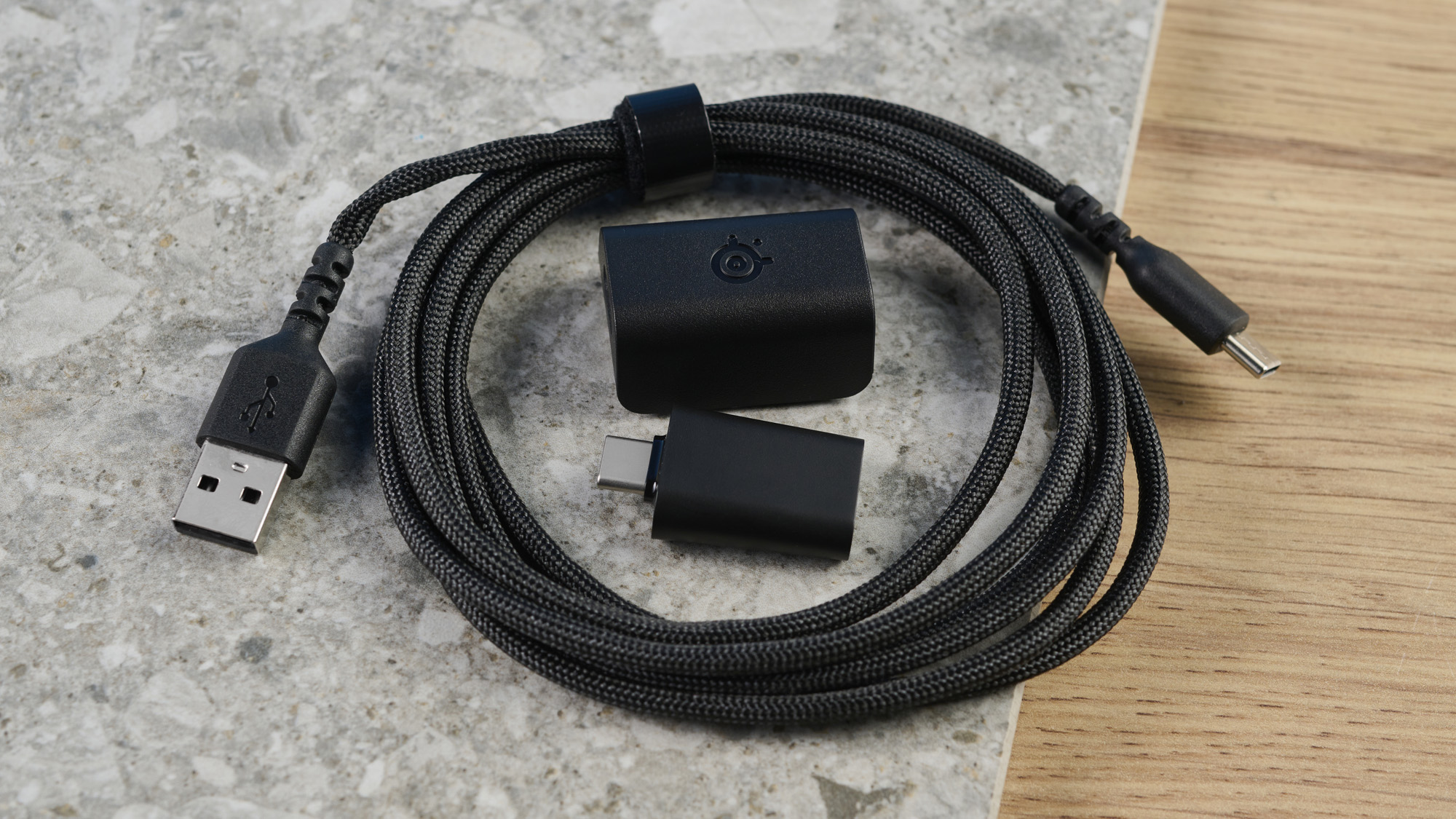
There’s also the wireless functionality, which works very well for the most part. Both the 2.4 GHz and Bluetooth functionality works well, without any lag or dropped connections during my few days of testing, in both games and productivity software. SteelSeries estimates that the battery can last up to 80 hours on 2.4 GHz and 200 hours on Bluetooth, but since we didn’t have access to the software, we can’t measure either of these claims. The battery stayed strong for at least three work days of testing, for what that’s worth.
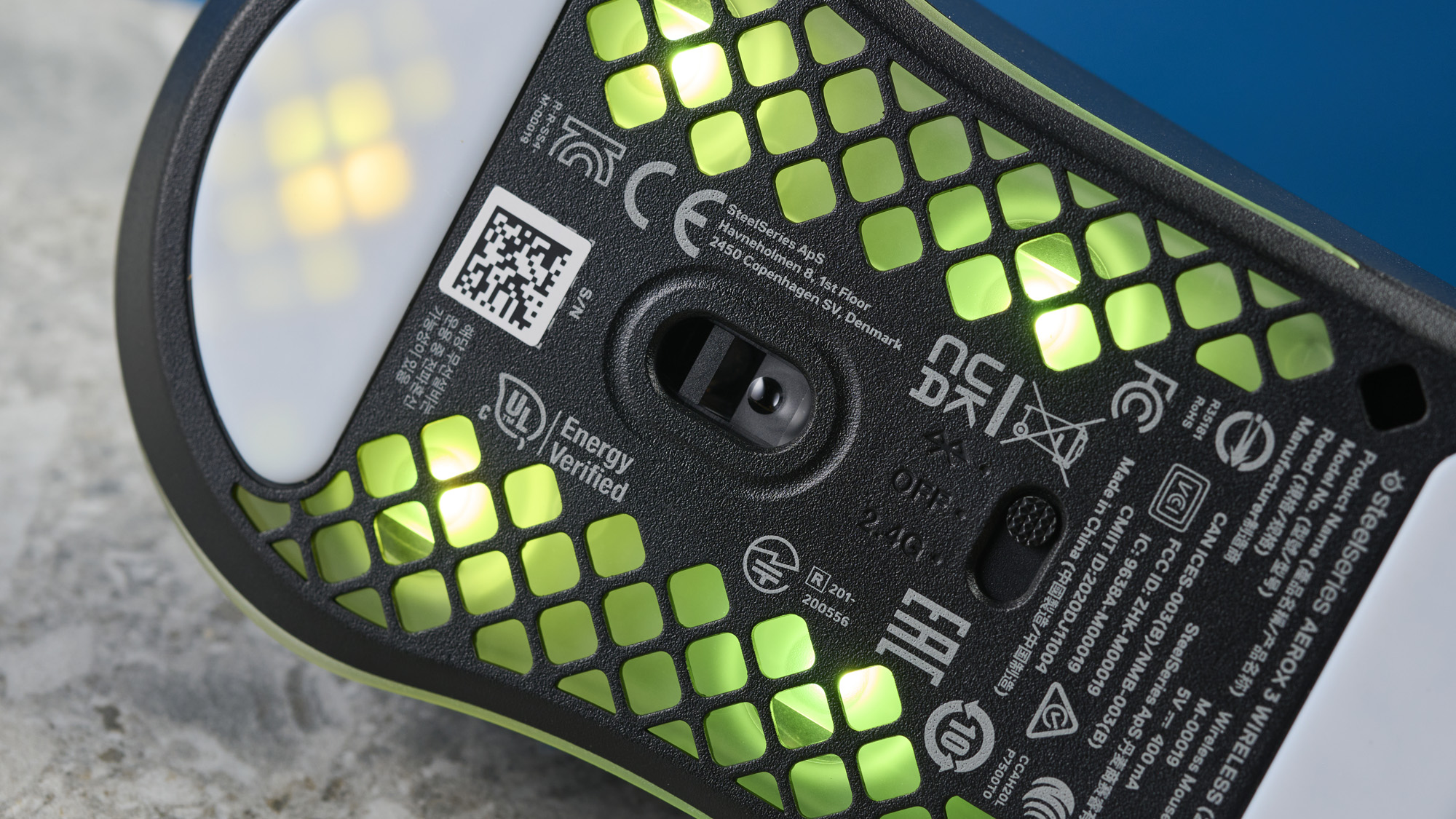
The fast, breezy mouse movements made it especially easy to gun down demons in Doom, where speed and accuracy are both paramount.
On the other hand, the Aerox 3 Wireless flubs a major point of convenience in wireless mice. After it goes to sleep (about 10 minutes of inactivity, although you’ll be able to adjust this in the software), it takes quite a while to restart again: a good five to 10 seconds, in my experience. Every other wireless mouse I’ve used tends to restart instantaneously, bringing you right back to whatever you were working on or playing. It sounds like a minor issue, but it starts to compound on itself every time you step away from your desk.
SteelSeries Aerox 3 Wireless review: Performance
Like most other SteelSeries mice, the Aerox 3 Wireless works extremely well with just about any game genre. I tested the device with Age of Empires III: Definitive Edition, Doom Eternal, Shadow of the Tomb Raider and Final Fantasy XIV, and got strong performance across the board. The fast, breezy mouse movements made it especially easy to gun down demons in Doom, where speed and accuracy are both paramount.
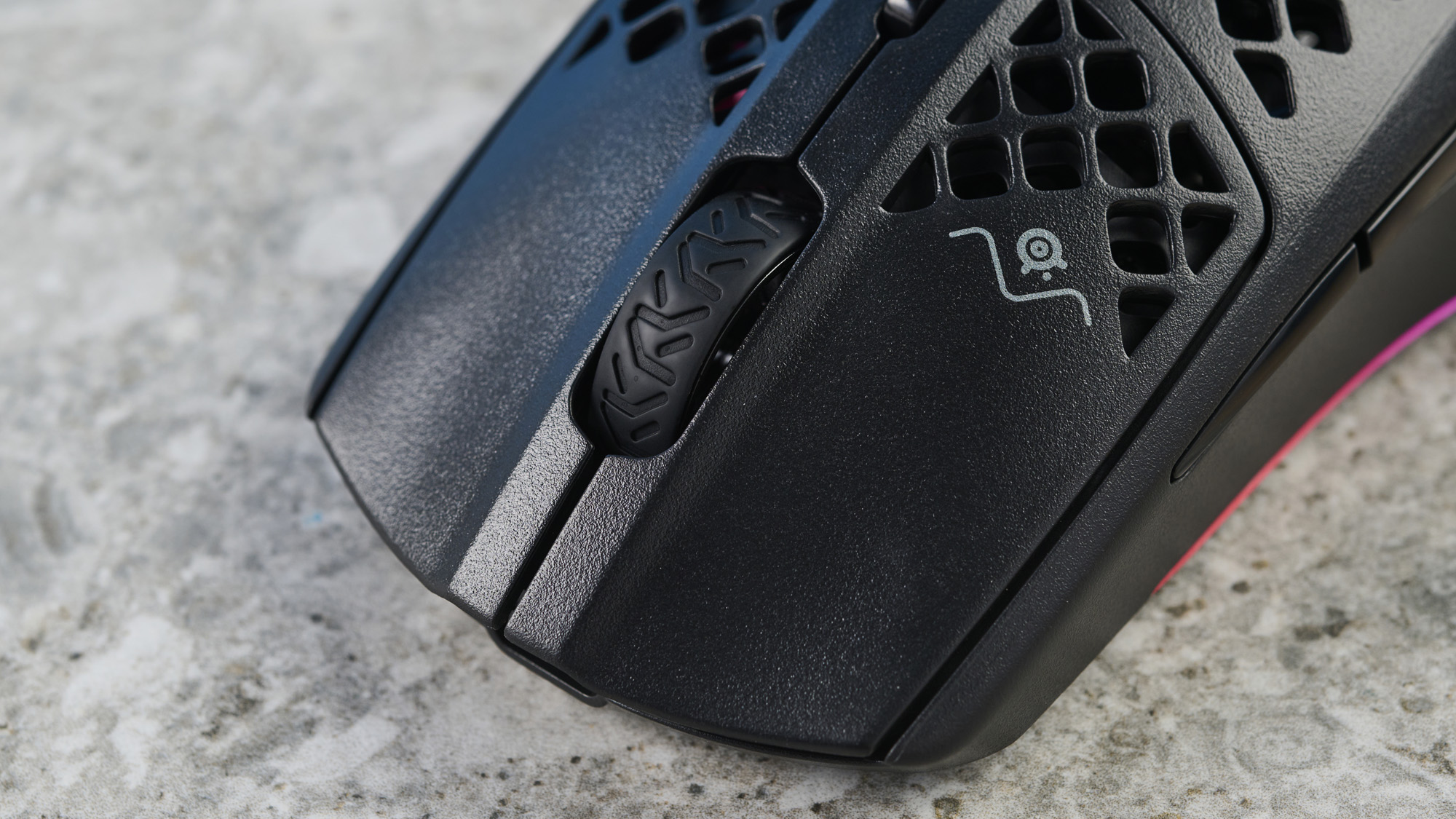
As to whether I felt any faster or more in-control with the Aerox 3 Wireless than with any other high-end gaming mouse — not especially. Hardcore esports enthusiasts may beg to differ, but for everyday play, I found no evidence that the Aerox 3 Wireless performs better than any other gaming mouse from a major company. If you pick one up, do so because you like the design — not because you think it’ll give you a major edge on the tournament scene.
SteelSeries Aerox 3 Wireless review: Verdict

Our SteelSeries Aerox 3 Wireless review discussed the mouse’s divisive design, as well as its overall solid functionality. This is as close as I’ve come to liking a honeycomb mouse, with its semi-comfortable grip and pretty illumination. On the other hand, I don’t think it’s a huge step up over more traditional wireless gaming mice, particularly since you can get designs like the Rival 3 Wireless and the Corsair Harpoon RGB Wireless for half the price.
If you’re not married to a wireless honeycomb mouse, you could also get the SteelSeries Aerox 3 wired version for $60 — but that’s still pretty expensive for such a small mouse. For most users, the Rival 3, in either wired or wireless form, is probably the way to go.







